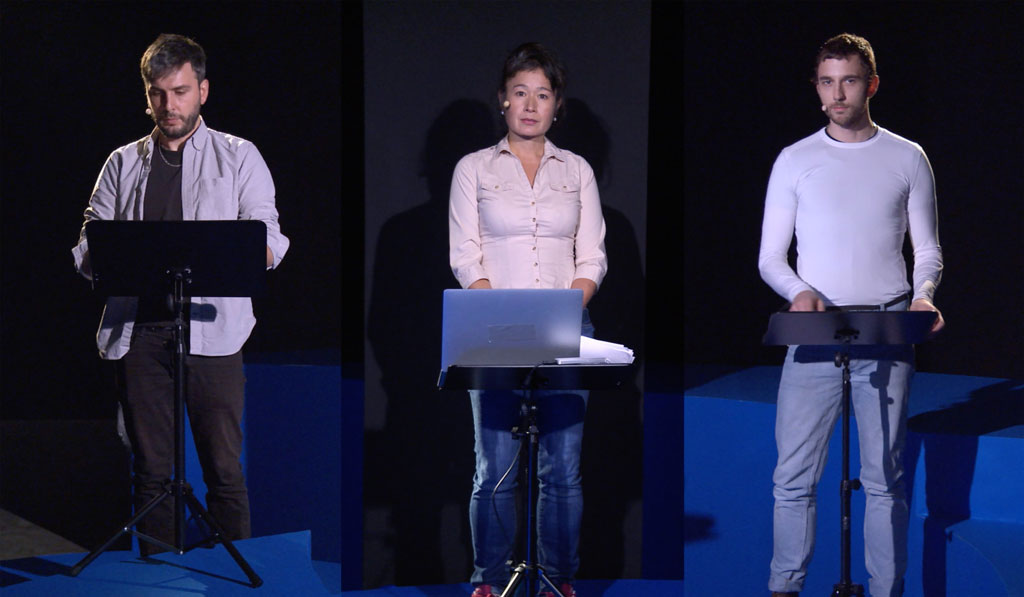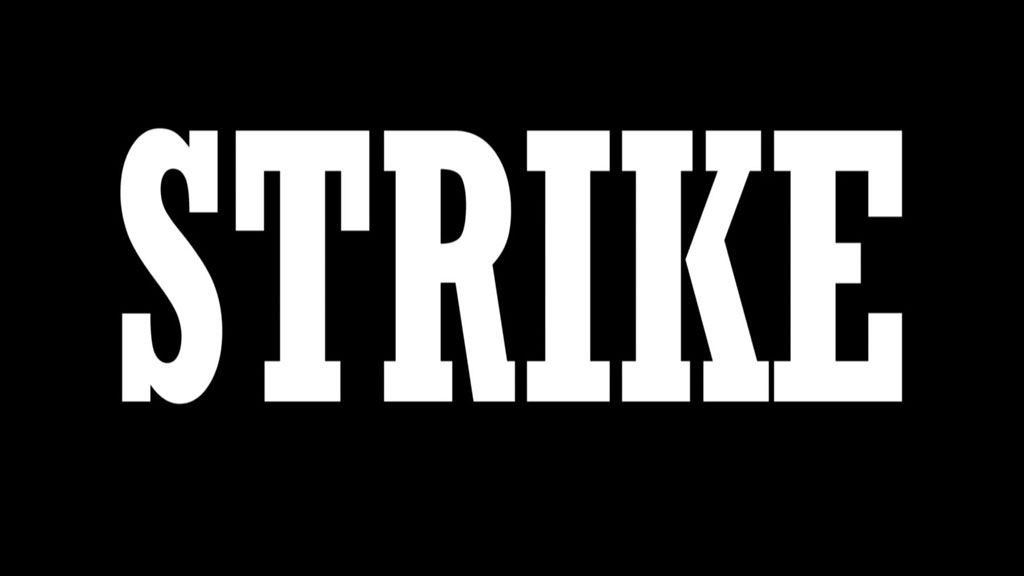ART-PRESENTATION:Hito Steyerl-I Will Survive
 Hito Steyerl is a filmmaker, visual artist, writer and innovator of the documentary essay film. Drawing upon topics such as media, technology and the global circulation of images, she sharpens the viewer’s perception of what is real through moving-image works and installations that combine found, filmed and digitally animated footage. Developed from research and interviews, Steyerl’s works inhabit the aesthetic spaces of documentary film and dream-like montage, while the extension of each artwork into architectural and digital space is key to the viewer’s experience. For her, artistic production and the theoretical analysis of global social issues are always closely linked.
Hito Steyerl is a filmmaker, visual artist, writer and innovator of the documentary essay film. Drawing upon topics such as media, technology and the global circulation of images, she sharpens the viewer’s perception of what is real through moving-image works and installations that combine found, filmed and digitally animated footage. Developed from research and interviews, Steyerl’s works inhabit the aesthetic spaces of documentary film and dream-like montage, while the extension of each artwork into architectural and digital space is key to the viewer’s experience. For her, artistic production and the theoretical analysis of global social issues are always closely linked.
By Dimitris Lempesis
Photo: Kunstsammlung Nordrhein-Westfalen Archive
The exhibition “I Will Survive” is the first comprehensive overview of t Hito Steyerl’s work to be presented in a German museum. At the center of the presentation is a new multimedia installation “SocialSim”, with which Steyerl critically explores the potential of digitality, simulation, and artificial intelligence with regard to artistic creativity, museum presentation methods, social upheavals, and pandemic conditions. The new work is shown together with a comprehensive selection of earlier works by Steyerl. In addition to large-scale installations from the past ten years (In Free Fall (2010), Guards (2012), How Not to Be Seen. A Fucking Didactic Educational .Mov File (2013;), Is the Museum a Battlefield? (2013), Duty-Free Art (2015), HellYeah-WeFuckDie (2016), The City of Broken Windows (2018), This is the Future / Power Plants (2019) and Mission Accomplished: Belanciege (2019)0 the focus is on early films made shortly after Steyerl completed her studies in Documentary Film Direction. “Deutschland und das Ich” (1994), “Babenhausen” (1997), “Die leere Mitte” (1998), and “Normalität” (1999) are devoted to the resurgent racism and nationalism in post-reunification Germany. With “November” (2004) and “Lovely Andrea” (2007), two films central to Steyerl’s work are shown, in which the circulation of images, the motif of death (of her friend Andrea Wolf), and the critical questioning of the sustainability of the documentary mode in film prove to be the core of Steyerl’s filmic-artistic approach. In theory and practice, Steyerl’s oeuvre represents a key contribution to the “documentary turn” in the visual arts around the year 2000. As a whole, the exhibition reveals how, over the past thirty years, Steyerl has followed the mutation of camera images from the analog image and its manifold montages to the split, fluid digital image and the resulting implica-tions for the representation of wars, climate change, and capital flows. Steyerl’s films are often impregnated by the visual nervousness of the Internet. The imag-es, which are massively distributed, shared, manipulated, and commented on the World Wide Web, constitute a rich pool for her associative film collages, in which various image processing techniques, including the extensive use of 3D animation, are employed. This reveals a distance to the language of traditional documentary films, which Steyerl has de-fined under the term “documentary uncertainty” and described and analyzed in numerous essays and lectures. A graduate of the HFF – University of Television and Film in Munich, who later completed her doctorate in Philosophy and is now Professor for Experimental Film and Video at the UdK – University of the Arts in Berlin, Steyerl also draws on historical sources for her films and texts, incorporating Walter Benjamin’s philosophy of history and the “negative dialectic” of the Frankfurt School as a supporting foundation in the video es-say format she helped to develop. Among the numerous sources used productively are, to name perhaps the most important, Theodor W. Adorno’s comments on the essay as a sketchy, subjective form of argumentation, Harun Farocki’s essay film, and finally Jean-Luc Godard’s revolutionary cinematic language. These are complemented by quotations from pop culture from disco hits to Monthy Python’s Flying Circus and game design. Yet despite her wit and penchant for paradox, behind Steyerl’s trenchant and—with a maximum length of thirty minutes—rather short films, there is a coherent interest in post-colonial criticism, ecological theory, feminist approaches, the criticism of Big Data and the surveillance indus-try, with which Steyerl herself now exerts a great influence on the artistic theory and prac-tice of a younger generation.
Info: Curator: Doris Krystof, Stiftung Kunstsammlung Nordrhein-Westfalen, K21, Ständehausstraße 1, Düsseldorf, Duration: 26/9/20-10/1/21, Days & Hours: Tue-Fri 10:00-18:00, Sat-Sun 11:00-18:00, www.kunstsammlung.de








